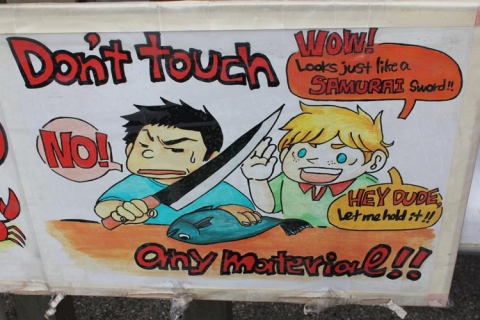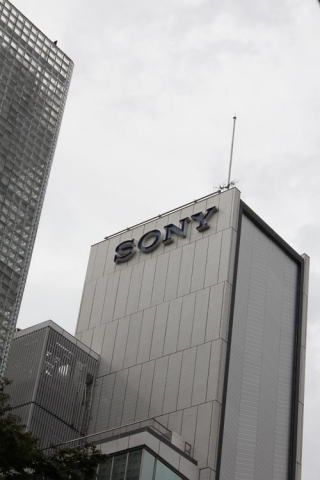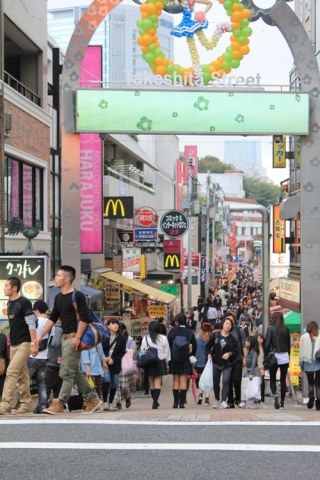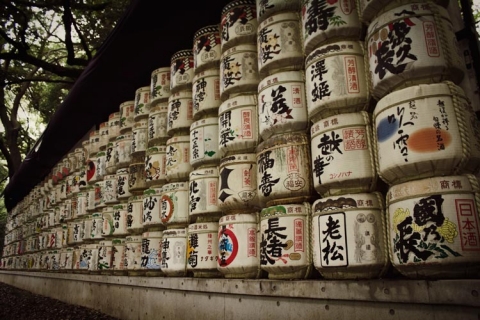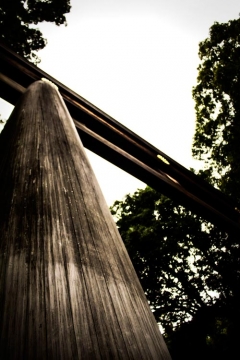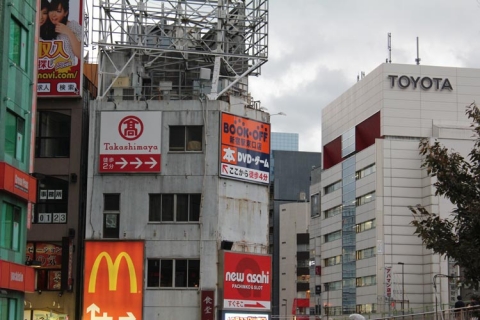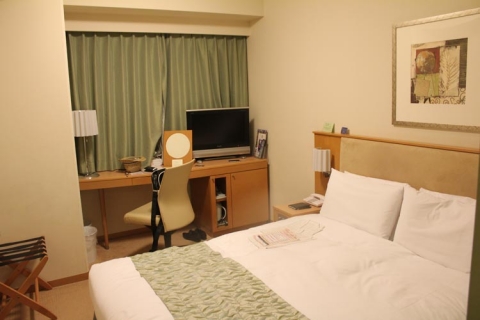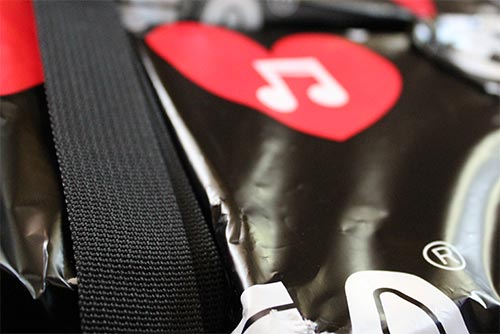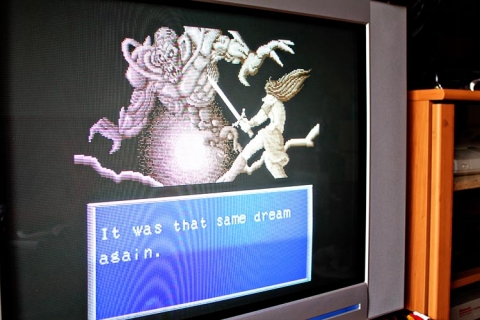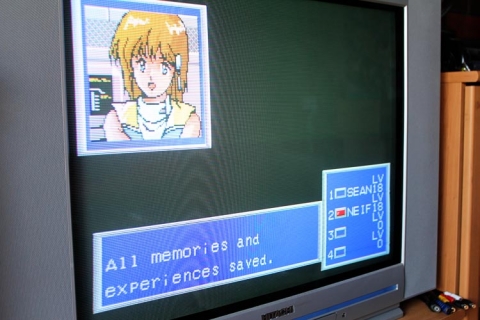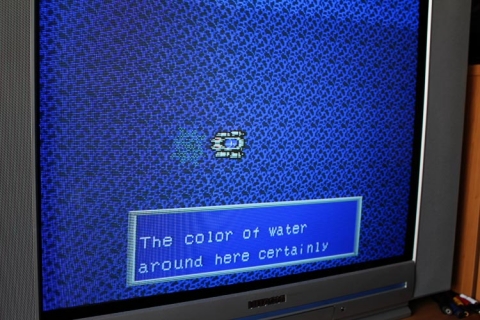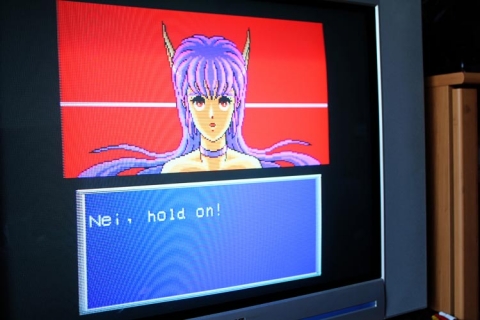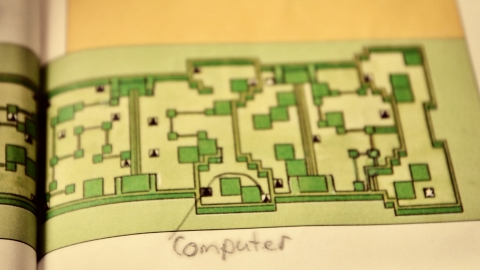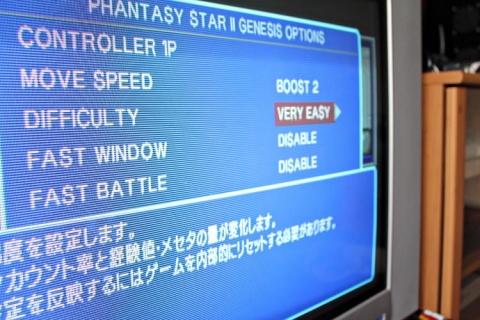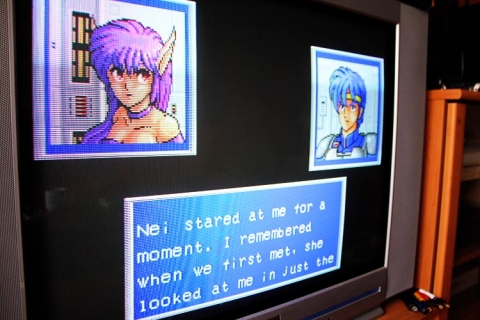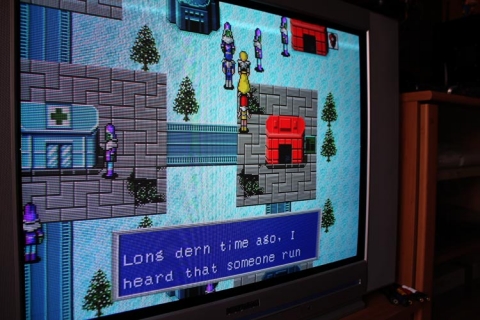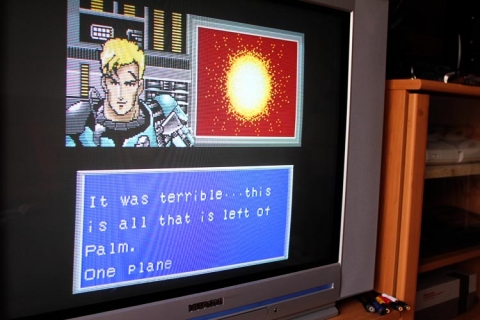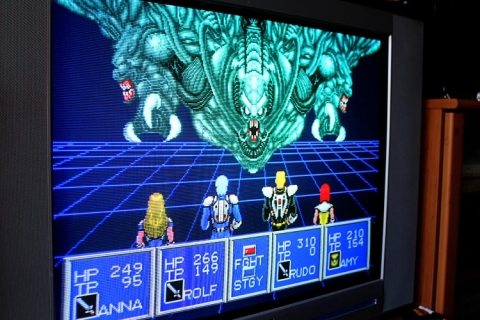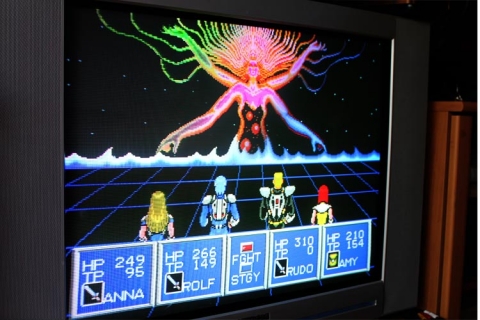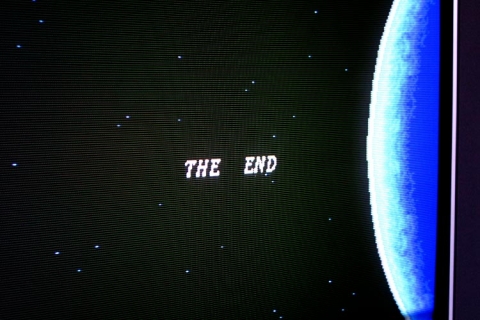Japan 2012 Travel Diary, Day 1
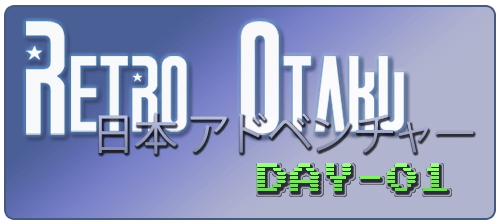
We arrived at around 6am in Tokyo via Narita after a pretty reasonable 9 hour flight out of Sydney. By the time we got through customs and were ready to hit the airport limousine bus it was a little after 7am. The toilets here are weird, but in a cool way. At this stage I wasn’t game enough to use the bidet and shower functions yet 🙂 I tried speaking Japanese to the customs agent, but had to ask him to repeat everything in English because I got confused 🙂
The bus ride into Tokyo from Narita to Shinjuku station was amazing. We passed through rural areas and towns that we could see from the highway that immediately made me think of Shenmue, perhaps even more so because of the cloudy, rainy weather. Soon we found ourselves hitting Tokyo’s urban sprawl – it’s an amazing amalgamation of concrete, steel and insane yet orderly traffic. We drove past massive office buildings and apartment complexes intertwined with inner-city rivers that reminded me of, wait for it, the apartment complexes in Digimon Adventure 🙂
Soon enough we hit Shinjuku station, in itself a pulsing centre of activity. Thankfully we disembarked, picked up our luggage and turned our heads to spot our hotel, the Sunroute Plaza Shibuya (even though it’s more accessible from Shinjuku). We wandered down and checked in and asked the friendly staff to look after our baggage since we weren’t able to jump into our room until after 2pm. A few doors down from the hotel was a Segafredo coffee place (which we would later discover to be a readily accessible franchise around the traps), so we headed there to grab a morning set – combos/meal deals in Japan, we quickly found out, are called sets. A quick bite and some people watching later (and an induction to Japan’s prevalent indoor smoking allowances, something that’s generally been outlawed back home), we were ready to head off. So, fighting a crappy night’s sleep we decided to hit the Oedo subway line to head out to the Tsukiji fish markets.
Tokyo’s public transport system looks like a rat’s nest to the uninitiated, but it’s not too tricky to navigate once you start using it. After a short subway ride and a quick walk we arrived at the fish markets. This was an awesome way to start out, though it was a shame that we weren’t hungry as the seafood there looked amazing. After managing to not get in anyone’s way, we then proceeded to get lost while trying to find our way to visit Ginza. We’ll call it the scenic tour, as it sounds better. We ended up at a place with a big sailing mast sticking out the ground, and eventually found an Oedo subway station and managed to get to Ginza, while at the same time finding a Pasmo vending machine so we could use a pre-paid IC card to take care of getting through any non-JR lines without having to worry about tickets (individual fare tickets confuse my brain).
Ginza looks and feels like the luxury end of town, even down to the subway station. Very fancy. Apart from a bit of window shopping, we were down here to check out the Sony building. Since the building is nice and big, it’s hard to miss, so off we went. The main reason for dropping by was to check out the recently-installed 4K Experience show.
Being a bit of a technophile, I was keen to see how much of a jump the move to 4K would be. The session began with a dramatic unveiling of an 85″ display showing off some unbelievable high resolution photography, and my gawd, the future of video is spectacular. Next I got to sit down in a fancy-pants driving setup to play Gran Turismo Concept on a massive projector display running natively in 4K (not sure what hardware it was on – the rumour mill online suggests Polyphony Digital are running a few PS3s in parallel), which was also delightful. The final interactive display involved sitting in a fancy wicker seat and watching some 4K footage of provincial Italy.
After that we picked up some amazing lunch from a Japanese family restaurant, which was also my first attempt at ordering a proper meal since we arrived. The waitress did a great job deciphering my poor Japanese, and Wifey enjoyed a deconstructed burger (meat pattie, rice, chips, steamed veg and a crumbed/fried prawn), while I had a sizzling stone bowl of something yum. After finishing eating, it was time to hit the public transport system again as we went to Harajuku.
Even though it was only a weekday afternoon, Harajuku was alive and well. After gushing over something as mundane as pedestrian bridges over main streets (blame it on Jet Set Radio), we wandered around the place, being amused and entertained in relatively equal amounts.
The typical gaijin assumption and assertion about contemporary Japan is that it is a country of contrasts. While I don’t necessarily agree with this as a standard maxim (I prefer the anthropological assertion that it is a harmonious melting pot that is happy to blend history and contemporary values much alike any developed country with a rich history of societal growth [and in many ways parallels its development towards modernism with the way it blends different religious belief within the traditional Japanese lifecycle], but that’s my wanky undergrad side so let’s not dwell on this too much), the juxtaposition of having the Meiji Shrine sitting at the tip of Harajuku’s shopping district is entirely palpable.
Utter tranquility hits once you get off the streets and the shrine is beautiful and peaceful. We did the usual tropes – cleaning yourself prior to entering (which you do by rinsing your hands and mouth at a well at the entrance, with Wifey helping to fill the blanks since I missed that part of my etiquette research!), offering a gift and prayer at the shrine, and behaved ourselves by not taking any photos inside the main part of the shrine (unfortunately not all the gaijin present were being similarly respectful).
We ended up heading out the way we came in to avoid a repeat of getting lost as per the morning’s Ginza incident, jumped onto the Yamanote JR Line in what was becoming peak time, then proceeded to become utterly lost when exiting Shinjuku Station. It wasn’t all for nought as we picked up something for dinner at the Takashimaya department store during this latest misadventure – a selection of sushi and sashimi, apples, cinnamon buns and Snoopy Water – props to the checkout staff as the service was better than anything I’d ever experienced in Australia.
We finally got back to our hotel around 6pm, finished the check-in process and headed up to our room. With the first day sorted, things seemed a lot less intimidating after a decent shower, something to eat and watching a movie on the iPad before going to bed at 9pm. While a whirlwind, the first day went well and we managed to get everything done that we wanted to.
To view all posts on the Japan 2012 Travel Diary, just use the 2012 Japan Trip tag, as the whole series will be added to it over time.
